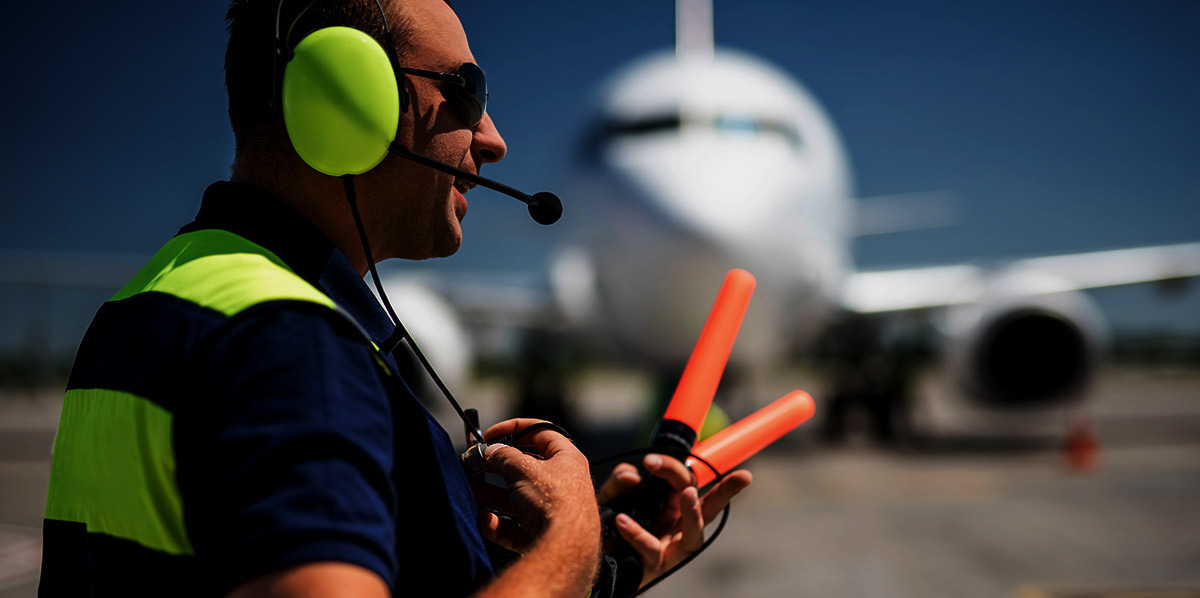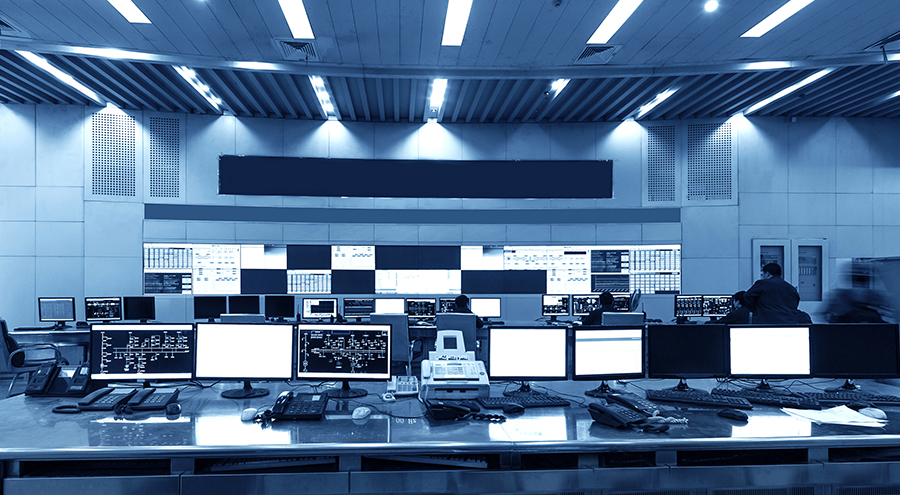Heightened global airport security and rising fuel and energy prices – combined with environmental issues, like global warming and noise pollution – are a few of the challenges faced by global airports. As a result, IT has become intrinsically linked to all aspects of airport operations – from building and tarmac management, ground handling and transport through to security communications.
Civil Aviation Authority of Malaysia (DCA) – Cistera Radio to Radio Recording is installed in multiple sites and configured to capture and record Air Traffic Controller (Two-way Radio) radio traffic and ground control radio traffic. This solution monitors 6 separate civilian airfields supporting private and commercial air traffic with a total of 36 separate radio channels (aviation control frequencies) being monitored and recorded. DCA is required by government authorities to maintain these recordings as part of government mandates and homeland safety initiatives. The system is set up to also allow radio traffic to be monitored through a desktop phone for supervisor or airport security personnel use.
There is general consensus now that airports require massive capital investment in infrastructure over the next five years if they are to keep up with predicted rising passenger levels, while minimizing flight delays. A study by the North American branch of Airports Council International found that US airports must invest US$7.4 billion into new runways, terminal buildings, cargo facilities and other construction projects to meet the future needs of air passengers. The study also predicted that travelers will experience worsening delays unless increased investment is provided for capacity, safety and security facilities at airports. The latest Airport IT Trends Survey shows how airports are embracing the use of new technology to adapt business processes and utilize their existing airport capacity more efficiently.





